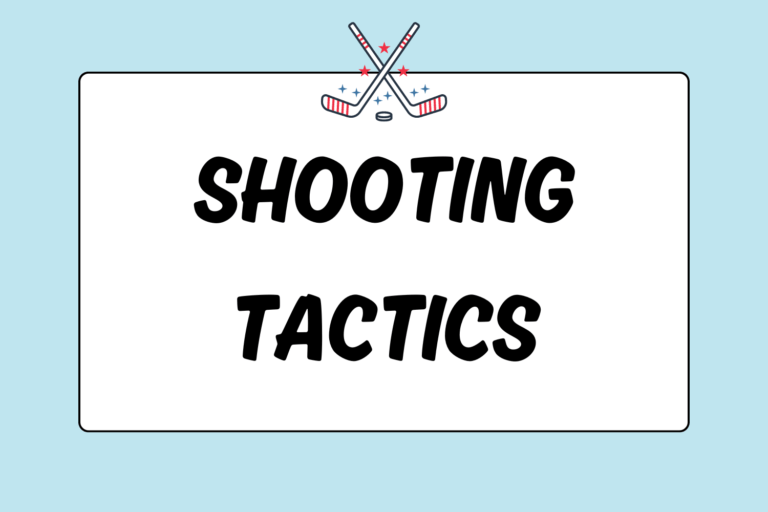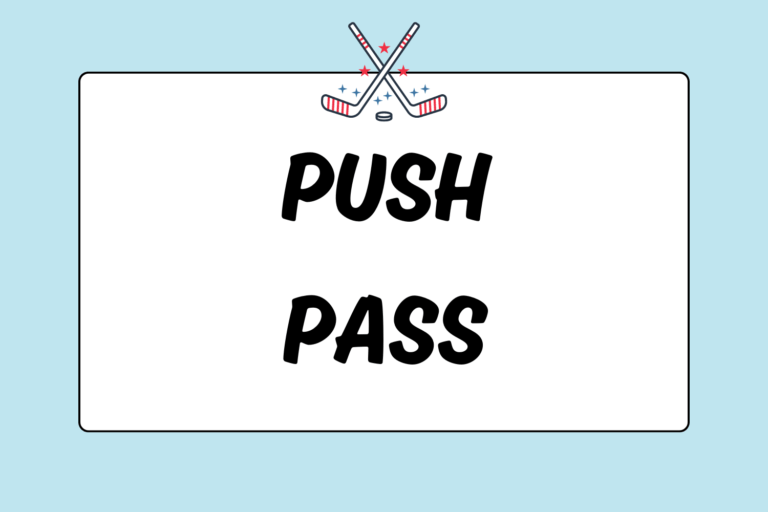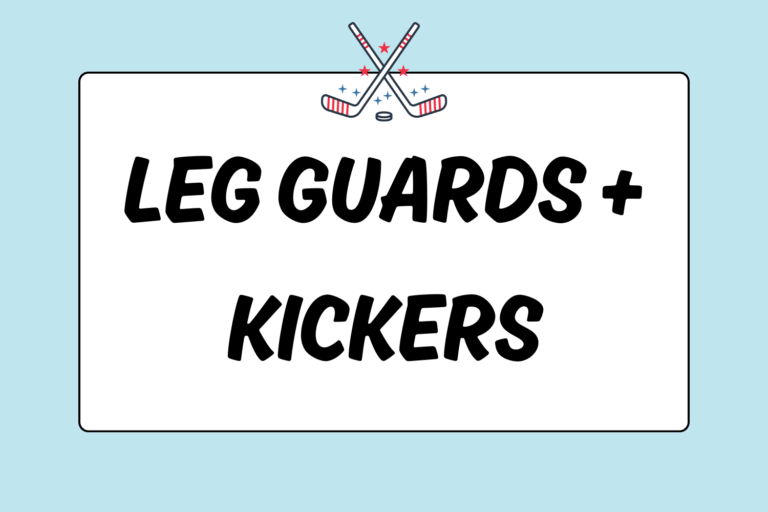Aerial, or “overhead,” passes are used to lift the ball long distances across the field and over the heads of the opposing team. It is also known as a “flick” or “scoop.” While men generally make aerial passes by using only upper body strength, women will generally use more of their body to lift the ball. If preformed correctly, overhead passes can be very useful in moving the ball up the field and over crowded areas.
Knowing when you are allowed to complete an aerial pass is important. You can only lift the ball if it is determined “safe” by the referee. Therefore, it is important to understand the rules of aerial passes, as well as the techniques used in completing them. This guide will teach you how to lift the ball into an aerial pass and how to receive one.
Aerial Pass
Aerial passes are used to send the ball up and across the field. This pass is similar to a push, but instead of simply pushing the ball, the player needs to get her stick under the ball to lift it into the air.
- Position your hands in the basic grip on the stick. Place the stick directly behind (and in contact with) the ball.
- Start with your feet close together. Bend your knees and get low to the ground.
- Position the ball to the right of you, slightly in front of your back foot.
- Take a large step forward with your left foot (step past the ball). This will make getting underneath the ball easier.
- As you step forward, shift your weight from your back foot to your front foot as you push the ball forward and across your body. Start turning your hips so that both your hips and your stick face the target.
- As you are pushing the ball forward, get your stick under the ball. You can either get the bottom of your stick completely under the ball, or just angled underneath it so that you can lift it upwards from its base.
- Now, lift the ball: Lift the base of the stick by pulling your right hand (located at the base of the grip) upwards, and simultaneously pushing your left hand (located at the top of the stick) down as you push the ball forward. This will force the base of the stick to move upward at an angle and it will give you added power to your lift.
- Make sure to follow through by continuing your swing and bringing the stick up to your waist (or a bit higher) after the ball has left the stick.
Hot Tip: Pull the Ball Back
If you are having trouble getting your stick under the ball, try pulling the ball back towards you before lifting it, and make sure to use your whole body to lift the ball in order to gain more power.
When to Use an Aerial Pass
Knowing the basic technique of lifting the ball will benefit you in various situations on the field:
- Use an aerial pass to clear the ball over a crowded area.
- As a defender, use an aerial pass to clear the ball up the field.
- On offense, use an overhead pass to send the ball to a forward for a breakaway.
- Lift the ball into the goal in the shooting circle.
Even if you can’t send the ball 50 yards up the field in the air, your game will definitely benefit from this skill. Just remember, you cannot use an aerial pass on free hits unless the ball moves one yard first.
Hot Tip: Practice with a Stationary Ball
Practice your aerial passes with a stationary ball before advancing to a moving ball. Lifting a stationary ball is easier than a moving one. With a moving ball, the same techniques are used. But to make getting underneath the ball easier, pull it back slightly before lifting it.
Receiving an Aerial Ball
The stick cannot be lifted above your head to trap an air ball. That is, the ball cannot be played in the air. If you are receiving an aerial ball, you must wait until it is at shoulder-height to stop the ball. Any stop beneath the shoulder is permitted as long as the ball is redirected towards the ground and not back into the air or at another player.
- Place your hands in the basic grip.
- Keep your arms about 6-12 inches in front of your body (elbows bent).
- Stand with your right foot slightly behind you for support.
- Hold your stick horizontal to your shoulders. Point the bottom of the stick to the right so that the flat side of the stick faces forward and away from you.
- Receive the ball on the shaft of the stick. Make sure to angle the stick forward (towards the ground) in your hands. This will prevent the ball from bouncing back into the air after hitting your stick (which would result in a dangerous play penalty against you!).
- To cushion the ball, “give” a little at impact.
- Immediately after receiving it, force the ball to the ground by further angling your stick forward.
- Scan for possible passing options.
Aerial Ball Rules
In field hockey, the general rule is that any ball above the knee is considered dangerous. Because aerial balls are lifted much higher than the knee, there are certain rules that every hitter must abide by to ensure that their passes are deemed “safe” by the referees:
- Free hits: The ball must travel one yard before being lifted on a free hit — it cannot be lifted directly from the free hit. If it is, the referee will call a penalty and the ball will be turned over to the other team.
- Shots on goal: You are allowed to raise the ball with a flick or scoop as long as it is not considered dangerous. If the flick is towards an opponent within five yards, or if an opponent is clearly running into the shot, you cannot lift the ball. If you do, you will be penalized for dangerous play.
- Receiving an aerial ball: You cannot approach within five yards of an opponent receiving an aerial pass until it has been received and controlled on the ground. If you disregard these rules, you will be penalized for dangerous play.
Air Ball
With an overhead pass, you can get the ball past numerous players without the possibility of it being intercepted. It’s no wonder the aerial ball is a great way to send the ball long distances up the field. Just remember that the ball cannot be played in the air, so everyone has to wait for it to come down before playing it.
The fundamental principles of this pass are used for increased scoring techniques, such as the drag flick . Get good at making aerial passes and you’ll have more opportunities on the field to become a standout player!





